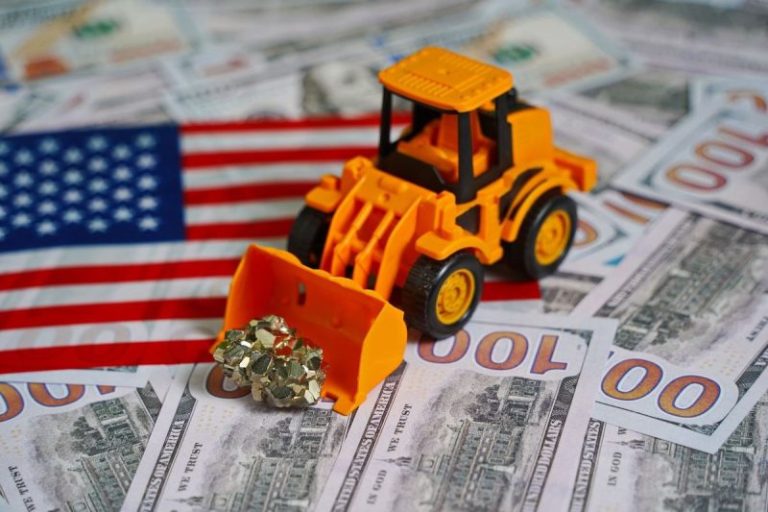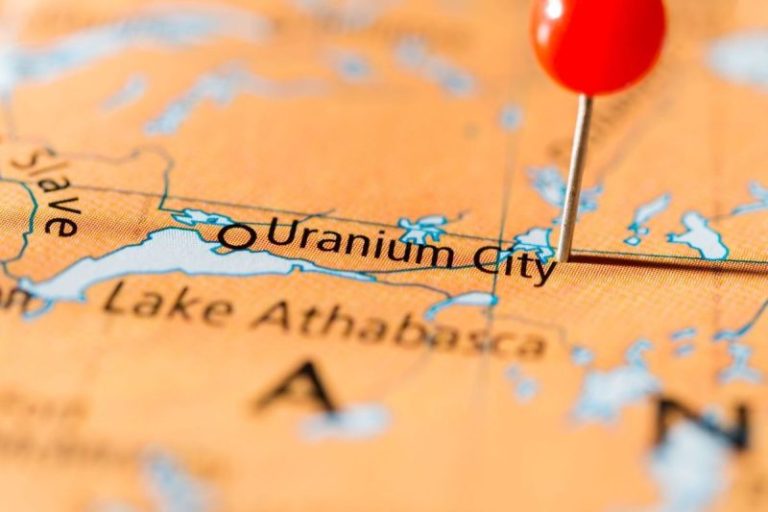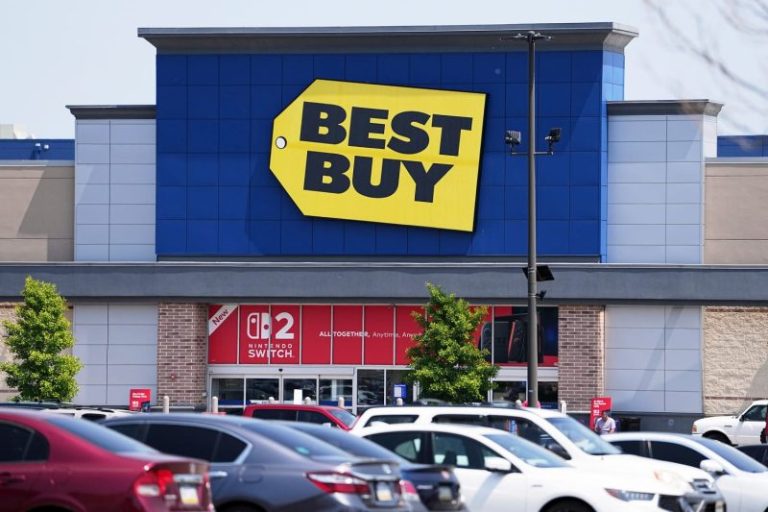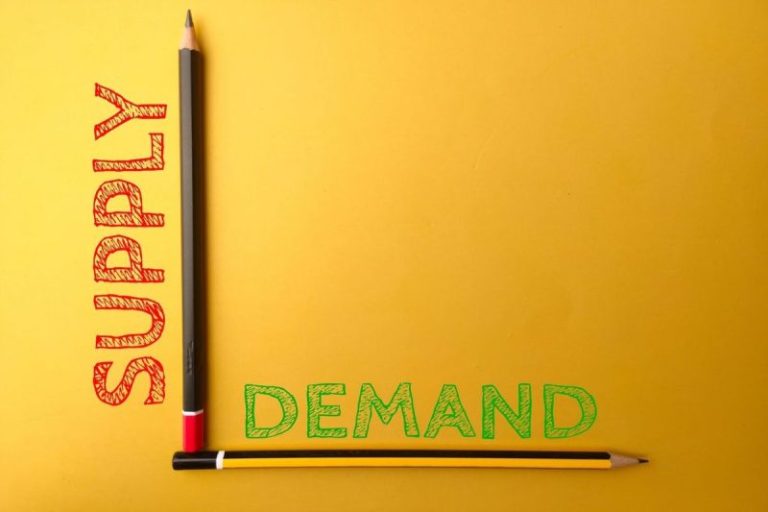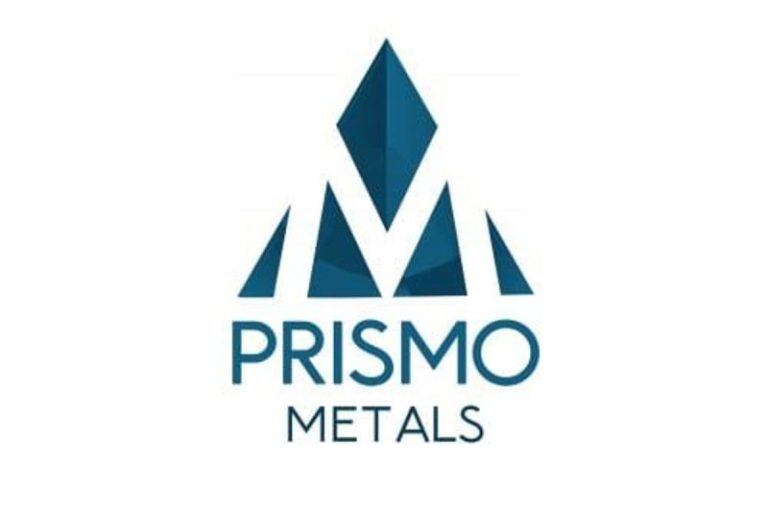Investor Insight
Prismo Metals presents a compelling investment opportunity with its strategic focus on high-grade precious and base metal exploration in Mexico and Arizona, leveraging advanced technology and maximizing shareholder value through targeted asset development.
Overview
Mexico’s Sinaloa state hosts several prolific silver and gold mines, including McEwen Mining’s (TSX:MUX) El Gallo Complex, Americas Gold and Silver’s (TSX:USA) Cosalá operations and Kootenay Silver’s (TSXV:KTN) Copalito silver-gold project. Between 2012 and 2019, gold production at the El Gallo mine alone totaled 295,000 ounces (oz) and silver production peaked at 142,000 oz. At the Panuco project, Vizsla Silver (TSXV:VZLA) has an indicated resource of 9.5 million tons at grades of 289 g/t silver, 2.41 g/t gold, 0.27 percent lead and 0.84 percent zinc for 155.8 Moz silver equivalent.
Prismo Metals (CSE:PRIZ,OTCQB:PMOMF, FSE:7KU) has made a strategic move to join the list of successful explorers in this region. The company’s leadership team has decades of experience in the Mexican precious metals industry. Director, president, CEO and co-founder Dr. Craig Gibson has been an exploration consultant since 1998 and a director of Beyond Minerals (CSE:BY) Garibaldi Resources (TSXV:GGI).
Prismo Metals has three current exploration projects: Palos Verdes, Los Pavitos and Hot Breccia. The Palos Verdes property covers 22.77 hectares within the historic Panuco-Copala silver-gold district in Sinaloa, well-known for its numerous veins with historical production. While much of the district has been consolidated by Vizsla Resources, the Palos Verdes project is located near the district’s under-explored northeastern limit.
On January 9, 2023, Vizsla Resources acquired aright of first refusal to purchase the Palos Verdes project through a strategic investment agreement with Prismo Metals. Vizsla’s strategic investment consists of a cash payment of $500,000 and the issuance of one million common shares of Vizsla to Prismo. Pursuant to the strategic investment, the two companies formed a technical committee for district-scale exploration of the Panuco silver-gold district consisting of Drs. Gibson and Megaw along with Dr. Jesus Velador, vice president of exploration for Vizsla.
Prismo Metals’ Palos Verdes property includes 700 meters of strike length along the Palos Verdes vein, which has been explored for 250 meters with findings yielding as much as 6.7 grams per ton (g/t) gold and 544 g/t silver from surface and underground sampling. A second vein system may be reflected in a northwest striking alteration zone, offering an additional high-grade exploration target on the property.
In May 2019, the company and ProDeMin entered an option agreement in which Prismo may acquire a 75-percent interest in the Palos Verdes property, and later entered into an agreement to acquire the remaining 25 percent of the property from the original owner. The company conducted a 2,100-meter drill program at Palos Verdes in 2022, designed to test the Palos Verdes vein and a structural intersection with a second vein at depths where it is believed that potential for a large ore shoot is present, similar to the drilling accomplished by Vizsla Silver on their adjacent land package.
Prismo conducted a 15 hole, 2,923-meter drilling program at Palos Verdes in 2023, with the best result being 11,520 silver equivalent (102 g/t gold and 3,100 g/t silver) over 0.5 meters downhole. An alteration study and rock chip sampling program were also conducted and provide evidence that additional mineralization may occur in previously unexplored areas.
The Los Pavitos project is located in the Alamos region of southern Sonora, a well-mineralized area that hosts several active exploration and mining projects. The project consists of one concession covering 5,289 hectares. Early sampling and reconnaissance work has been carried out by previous companies, including Minera Cascabel, and show the presence of high-grade gold assays in at least two target areas.
In 2022 Prismo Metals signed a formal access agreement with Francisco Villa Ejido, the surface owner of the Los Pavitos Project to allow for exploration work and drilling, and completed a mapping, sampling and trenching program in 2023. Thus work paved the way for a first ever drill program at the project in 2023, consisting of 2,370 meters in 25 holes with excellent results.
Prismo acquired the right to earn a 75 percent interest in the Hot Breccia property in early 2023. Hot Breccia lies in the heart of the world-class Arizona copper belt and has historical drilling indicating the potential for a large copper mineralized system.
An airborne Z‐tipper axis electromagnetic (ZTEM) geophysical survey was completed at Hot Breccia. Prismo received assay results for the first batch of samples taken at the project indicating the presence of not only copper mineralization but also gold mineralization associated with gossanous veins and shear zones.
In 2025, Prismo Metals has signed option agreements to acquire100 percent of the historic Silver King and Ripsey mines in Arizona’s prolific Copper Belt, near its flagship Hot Breccia project. Silver King, discovered in 1875, produced nearly 6 million ounces of silver at grades up to 61 oz/t, with later sampling returning up to 644 oz/t silver and 15 g/t gold, indicating high-grade potential and possible antimony mineralization. The Ripsey mine, located 20 kilometers west of Hot Breccia, is an historic gold-silver-copper producer with sampling up to 15.85 g/t gold and 276 g/t silver, yet remains untested by modern exploration.
Company Highlights
- Prismo Metals is an exploration company targeting high-grade silver and gold projects in Mexico, one of the world’s top producers of precious metals, and a large-scale copper project in Arizona, the leading producer of the metal in the US.
- The company’s Palos Verdes property is located in the historic Panuco-Copala silver-gold district in Sinaloa, Mexico and is partly surrounded by ground controlled by Vizsla Silver Corp..
- The Palos Verdes property includes 700 meters of strike length along the Palos Verdes vein, which has yielded 6.7 grams per ton (g/t) gold and 544 g/t silver at the surface.
- The company’s Los Pavitos project is located in the well-mineralized Alamos region of southern Sonora. The project consists of one concession covering 5,289 hectares.
- The Hot Breccia project consists of 1,400 hectares located in the world class Arizona Copper Belt.
- Prismo’s management and advisory team offers decades of experience in the Mexican precious metals industry, including all aspects of exploration and resource development.
- Prismo acquired 100 percent of the Palos Verdes claim and has drilled 6000 meters on the property. The drill results revealed high-grade silver and gold showing multiple discrete quartz vein stages lacing between breccia fragments and showing distinctly differing mineralogy.
- Vizsla Silver Inc. completed a Strategic Investment and owns about 9.9 percent of the company.
- The company also filed on SEDAR an NI 43-101 Technical Report for its Los Pavitos Gold-Silver Project in southern Sonora, Mexico.
Key Projects
Hot Breccia
The Hot Breccia project is Prismo’s latest acquisition located in the heart of the great Arizona Copper Belt, USA and is located 40 km south of the Resolution deposit and 35 km north of the San Manuel / Kalamazoo deposit and is just a few kilometers from the Hayden Smelter. The Hot Breccia property has the same productive geologic units that host high-grade copper skarn mineralization at the adjacent, past-producing Christmas Mine owned by Freeport. Prismo has the option to earn a 75-percent interest in the Hot Breccia project from Infinitum Copper (TSXV:INFI).
The company completed an airborne Z‐tipper axis electromagnetic (ZTEM) geophysical survey at Hot Breccia in 2023 and received assay results for a first batch of samples taken at the project. The results indicate the presence of not only copper mineralization, but also gold mineralization associated with gossanous veins and shear zones. The ZTEM survey identified a priority drill target in a conductive anomaly at depth.
Following the success of the 2023 ZTEM survey, Prismo received permit approval from the Bureau of Land Management for 10 drill pads to allow for drilling to test the prospective stratigraphy below the cover volcanic rock over a wide area. Assay results for samples taken in February 2024 include 5.69 percent copper, 0.24 g/t gold and 32.8 g/t silver.
Earlier in 2024, Prismo Metals engaged Exploration Technologies (ExploreTech) from San Diego, California to apply xFlare, their artificial intelligence (AI)-optimized drill planning solution, to its Hot Breccia project where a number of features suggest well mineralized Arizona-style copper porphyry lies at depth. Prismo is currently planning an initial 5,000 meter drill program at Hot Breccia.
Palos Verdes
The company’s Palos Verdes property is located in Southern Sinaloa, roughly 65 kilometers northeast of Mazatlán. The Palos Verdes concession covers 22.77 hectares and is situated within the historic Panuco-Copala mining district, the largest silver producer in Sinaloa.
History
Mapping and sampling were conducted over the property by ProDeMin. The Palos Verdes vein crops out for about 750 meters along strike and yielded as much as 4.15 g/t gold and 732.7 g/t silver. Before the turn of the century, a 70-meter tunnel was driven along the Palos Verdes vein near the bottom of the Palos Verdes arroyo; a sample of the vein in this adit yielded 6.7 g/t gold and 544 g/t silver. In 2018, ProDeMin completed a diamond drilling program on the property. Notable drill results included 3.75 g/t gold and 1,098 g/t silver for 2.3 meters and 8.42 g/t gold and 2,336 g/t silver for 0.8 meters.
Drilling
The company has undertaken several drill campaigns at the project, and a total of about 6,052 meters have been drilled in 33 holes to date, including five holes drilled by ProDeMin in 2018. Results indicate the presence of a near-surface high-grade ore shoot in the Palos Verdes vein similar to mineralization in the resources defined by Vizsla Silver in the southwestern portion of the district.
The company, in conjunction with its strategic partner Vizsla Silver (TSXV:VZLA), has planned an expanded drill program with new holes to be drilled from Vizsla Silver’s concessions adjacent to the Palos Verdes concession, targeting the proposed extension of the Palos Verdes ore shoot at depth and a possible extension along strike to the northwest. Prismo Metals is planning on initiating this drill program in August, 2024.
Los Pavitos
The company’s Los Pavitos project is located in the Alamos region of Southern Sonora, a well-mineralized area that hosts multiple active exploration and mining projects. Los Pavitos consists of one concession covering 5,289 hectares. Early sampling and reconnaissance work has been carried out by previous companies, including Minera Cascabel. The property’s numerous mines and prospect pits indicate historical interest.
Prismo conducted a reconnaissance surface mapping and sampling at the project in 2022 and early 2023. This program consisted of about 1,500 samples and identified 5 main gold and silver mineralized target areas within several kilometer-scale structural zones. A follow up trenching program consisted of 698 meters in 25 trenches with almost 350 samples taken. A first ever drill program at the project was conducted in 2023, with 2,370 meters completed in 25 holes.
High-grade gold assays were encountered at the Santa Cruz target, with 10.2 g/t gold over 6.6 meters in drill hole LP-SC-23-02. A second gold zone was intersected at Las Auras, with 3.58 g/t gold over 1.15 meters within 3.65 meters carrying 2.33 g/t gold and 87.6 g/t silver.
Management Team
Gordon Aldcorn – President
Gordon Aldcorn brings over 20 years of experience in capital markets and junior public company development. Over the past five years, he has focused on the corporate management of copper and gold exploration projects, with a strong track record of advancing early-stage assets. Committed to responsible mineral exploration and long-term stakeholder engagement, Aldcorn now leads Prismo Metals through a pivotal growth phase, advancing its high-potential projects in Mexico and Arizona, including the flagship Hot Breccia copper project and the Palos Verdes silver project.
Alain Lambert – CEO and Director
Alain Lambert, who co-founded Prismo in 2018, is a lawyer by training and has over 35 years of experience in financing and advising small and medium-sized companies operating in various industries including technology, manufacturing, and the natural resources sector. He has been involved in private and public financings totaling more than $1 billion. He has an extensive network of investors, investment bankers, analysts, and investor relations professionals. Lambert acts as an advisor to public and private companies regarding financings, mergers and acquisitions plans, debt structuring as well as going-public transactions. Throughout his career, Lambert has served as a director and member of the audit committee and governance committee of small and medium-sized private and public companies. He holds a Bachelor of Laws degree (LL.B.) from the University of Montréal and a diploma of collegial studies, specializing in administration from the College Jean-de-Brébeuf in Montréal, Québec.
Craig Gibson – Chief Exploration Officer and Director
Dr. Craig Gibson has extensive experience in the minerals industry. He received his BS (1984) in earth sciences from the University of Arizona and MS (1987) and PhD (1992) in economic geology and geochemistry from the Mackay School of Mines, University of Nevada, Reno. He co-founded Prospeccion y Desarrollo Minero del Norte, S.A. de CV (ProDeMin) based in Guadalajara, Mexico, in 2009. ProDeMin is a consulting firm providing a broad spectrum of exploration-related services to the mining industry and has been involved in several major precious metal discoveries in Mexico. Gibson is also a director of Garibaldi Resources, a Vancouver-based junior exploration company; a certified professional geologist of the American Association of Professional Geologists; and a qualified person under NI 43-101.
Carmelo Marelli – CFO and Secretary
Carmelo Marrelli is the principal of the Marrelli Group, comprising Marrelli Support Services Inc., DSA Corporate Services Inc., DSA Filing Services Limited, Marrelli Press Release Services Limited, Marrelli Escrow Services Inc. and Marrelli Trust Company Limited. The Marrelli Group has delivered accounting, corporate secretarial and regulatory compliance services to listed companies on various exchanges for over twenty years. Marrelli is a chartered professional accountant (CPA, CA, CGA), and a member of the Institute of Chartered Secretaries and Administrators, a professional body that certifies corporate secretaries. He received a bachelor of commerce degree from the University of Toronto. Marrelli acts as the chief financial officer to several issuers on the TSX, TSX Venture Exchange and CSE, as well as non-listed companies, and as a director of select issuers.
Martin Dupuis – Director
Martin Dupuis has over 25 years of experience covering all stages of a project’s life, from exploration through feasibility and engineering studies, construction, mine expansion and operations. Dupuis serves as Vizsla Silver’s chief operating officer. He was instrumental in the oversight and delivery of the company’s maiden resource estimate. Before joining Vizsla Silver, Dupuis was director of geology for Pan American Silver, technical services manager for Aurico Gold, and chief geologist at several other operations.
Jorge Rafael Gallardo-Romero – Director
Jorge Rafael Gallardo-Romero has been a consultant geologist of Cascabel since March 1992. He also acts as Mexico exploration manager of Gainey Capital (since January 2015) and of Minera Goldzone SA de CV (since March 2011). Gallardo-Romero graduated from the University of Sonora with a degree in Geology in 1984.
Maria Guadalupe Yeomans Otero – Director
Maria Yeomans Otero is a geologist who graduated from Universidad de Sonora, Mexico, in 1986, with master’s studies in business administration at the same university. She has been a part of the team at Cascabel since 1992 and is now the office manager. She speaks English fluently and has extensive experience in the administration, legal and commercial relations related to mining.
Louis Doyle – Director
Louis Doyle has over 30 years of experience focused primarily on capital markets and public companies. Since 2016, he has also provided consulting services to private companies seeking listing on Canadian exchanges. Since January 2016, Doyle has been the executive director of Québec Bourse. Between October 1999 and December 2015, he was the vice-president, Montréal of the TSX Venture Exchange. As such, he was responsible for business development and listing activities in the provinces of Québec and Atlantic Canada. During his tenure, he acted as chairman of the TSX Venture listing committee and was a member of the policy committee. Doyle also led the nationwide TSX Venture mentorship program and further acted regularly as a speaker and advisor at conferences and workshops. He also holds directorship roles with two other publicly traded companies. Doyle was granted 150,000 incentive stock options exercisable at $0.165 per share before June 26, 2027. Also, three other directors were each granted 50,000 incentive stock options, exercisable at $0.165 per share before June 26, 2027.
Peter Megaw – Advisor
Dr. Peter Megaw is best known as co-founder of MAG Silver and Minaurum Gold. He and his team are credited with MAG Silver’s Juanicipio discovery in the famous Fresnillo District and Excellon Resources’ Platosa mine. He received his doctorate from the University of Arizona and has more than 35 years of experience exploring silver and gold in Mexico. Megaw is a certified professional geologist by the American Institute of Professional Geologists and an Arizona Registered Professional Geologist. He is the author of numerous scientific publications on ore deposits and is a frequent speaker at academic and international exploration conferences. He was awarded the 2017 Thayer Lindsley Award for the 2003 discovery of the Juanicipio silver deposit in the Fresnillo District, ultimately leading to a further 600 million ounces being identified in the immediate area. Megaw also received the Society of Mining Engineers 2012 Robert M. Dreyer Award for excellence in applied economic geology.
This post appeared first on investingnews.com

